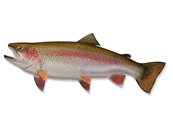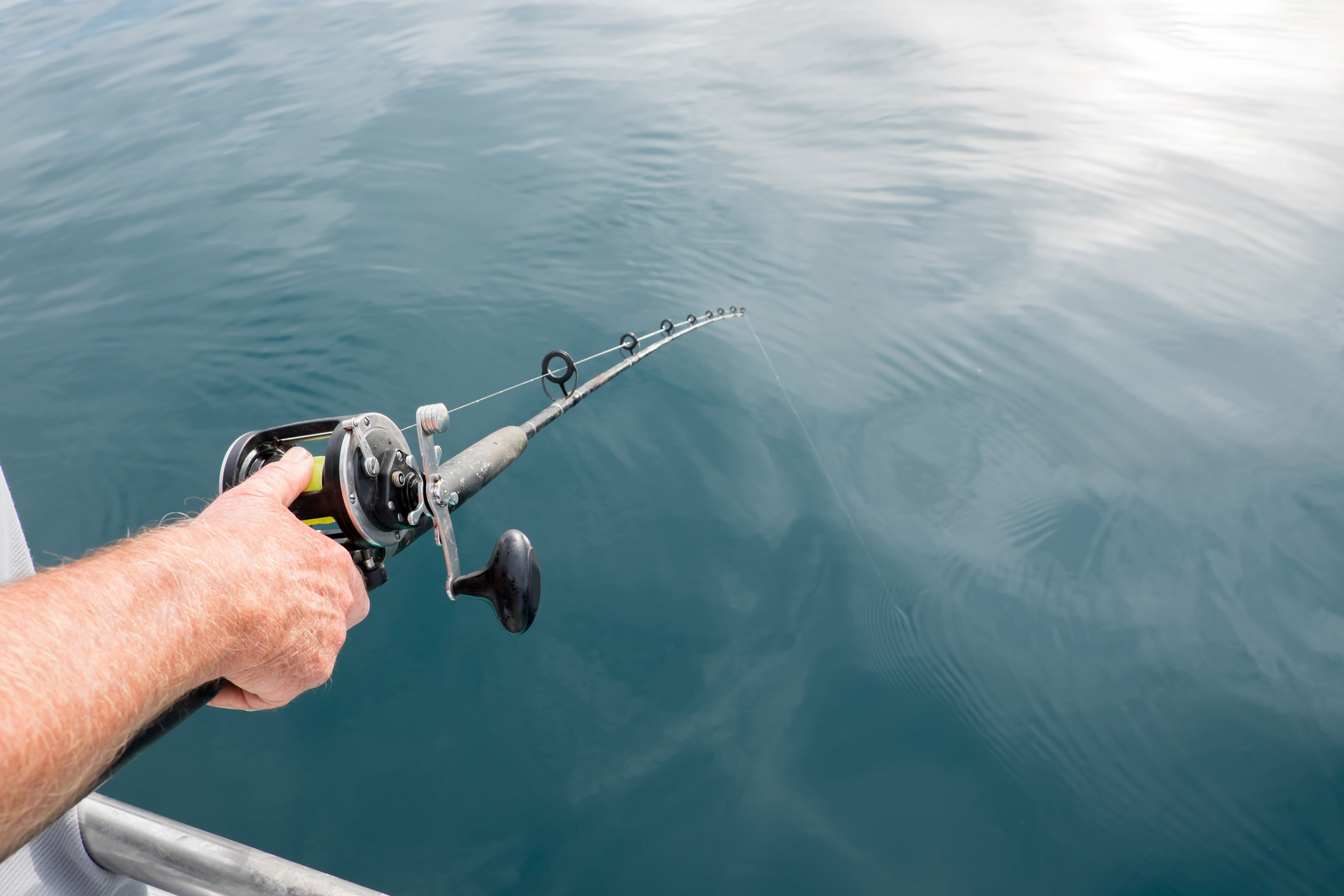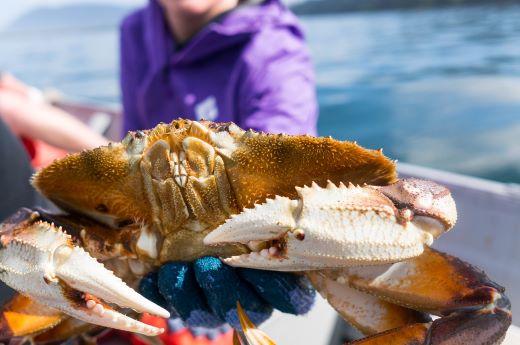Rainbow Trout
Oncorhynchus mykiss
AKA: Rainbows, bows
Rainbow trout take well to life in a hatchery, are fairly disease resistant, and easy to rear.
- Distinguishing Markings:
The rainbows coloration varies widely, from location to location. Generally, rainbows have a greenish silver back and silver sides with a faint red band running the length of the lateral line. They are heavily spotted along the sides and top, including the dorsal and tail fins.
- Size:
Fully grown rainbow trout average 10 to 13 inches, with some exceeding 20 inches.
- Distribution:
Rainbow trout are native to North Americas Pacific slope, from the mountains in northern Mexico through the western United States, around Alaska and the Bering Sea, to the northern regions of Asia. They have been introduced into every state in the Union as well as introduced worldwide.
- Habitat:
Rainbow trout favor clean, clear, cold streams.
- Food Preference:
Like other trout species, rainbows are opportunistic feeders and consume a large variety of aquatic and terrestrial insects and macro invertebrates. When stocked in large lakes, rainbow trout, unlike brook and brown trout, can grow very quickly strictly on a diet of lake plankton.
- Spawning:
In their natural range, rainbow trout are spring spawners and rely heavily on meltwater from high mountain snow pack to trigger spawning. In other habitats, rainbows may spawn sporadically and intermittently at anytime between late summer and early spring.
If you’re new to freshwater fishing, or a seasoned angler looking for a new fishing boat, read about the best boats for freshwater fishing.


